Not only the State is trying to find ways to build "water storages" for Ham Thuan Nam, but also the people in the district, depending on their strength and family conditions, also build "water storages" in their gardens.
Garden water tank
Every March, people in Ham Thuan Nam district start dredging existing ponds, drilling wells, and digging ponds in their gardens to store water during the rainy season. This year is no exception, it falls right at the time when dragon fruit is expensive while the lake and river system in the area has shown signs of early water shortage, so the situation of digging ponds to store water is more bustling in all communes. Thanks to that, up to now, the first rains of the season have helped many ponds in the area have more water, quenching the thirst of dragon fruit gardens. The digging of ponds to store water here has become a regular practice for many years, especially when dragon fruit prices increase. Notably, when Ba Bau lake was built, the water transfer canal through Muong Man and Ham Thanh communes... was formed, stimulating people in these areas to dig ponds to store water as a movement. Next, when the Song Mong - Du Du - Tan Lap water transfer canal was under construction, it was the turn of people in Ham Thanh, Ham Kiem, Ham Cuong, and Ham Minh communes to also rush to dig ponds to store water in their gardens to proactively irrigate dragon fruit.
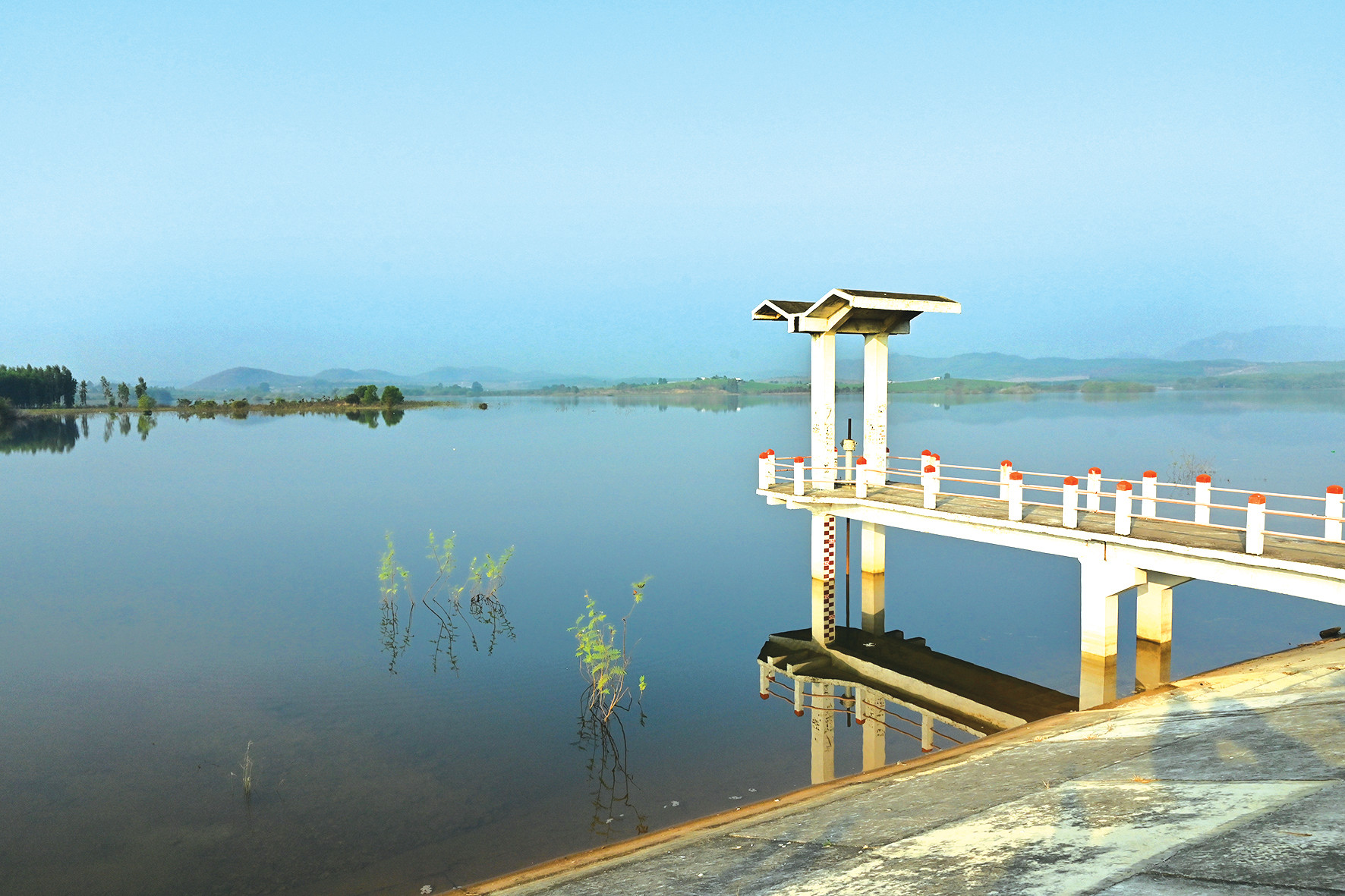
Meanwhile, coastal communes such as Tan Thuan, Tan Thanh and Thuan Quy, areas without large irrigation works, so in addition to dredging and digging ponds at home in the hope of storing rainwater, people also rely on water from the Phan River flowing into the sea. That is why many years ago, the government and people of Tan Thuan commune came up with a way to build barriers on the Phan River to retain fresh water as well as prevent saltwater intrusion using socialized capital. But currently, on this river, there are only 2 barriers built, while normally there are up to 7 barriers, because it is necessary to irrigate 1,400 hectares of dragon fruit. The thing is, last November, when people here contributed money to build barriers to retain fresh water, the price of dragon fruit was not high, so people did not contribute. After Tet, the price of dragon fruit increased again, causing many households to think they missed the opportunity. However, if you calculate, you will see that it is a problem with many costs. Because even for irrigation water, every year the locals here have to build 6-7 barriers, each costing between 20 and 40 million VND; the last barrier alone (near Quang Bridge) costs nearly 150 million VND. But all of them will no longer be effective during the rainy season. After November, the beginning of the dry season, the locals start to pool money and build barriers again.
According to the leader of Tan Thuan Commune People's Committee, the cost of building barriers is very large, but if the barriers are not built in time, the economic damage caused by saltwater intrusion will be even greater. However, when storms or tropical depressions occur, the Phan River water flows in, these barriers will all break and cause damage. Therefore, the commune has proposed that the district build a saltwater barrier dam on the Phan River. And in 2021, the Phan River Saltwater Barrier Dam project was approved by the Department of Planning and Investment with a feasibility study report with a total cost of more than 19 billion VND. However, due to the impact of the epidemic, it was not implemented in time. At the same time, after analyzing the effectiveness of the project, the investment capital has increased by about 44 billion VND, so the relevant agencies are recalculating.
Retain water in Ham Thuan Nam
The river terrain of Ham Thuan Nam is not necessarily a drought area, because there are many river basins here. However, to accumulate this amount of water, a large amount of capital is needed to transfer water to the drought area below the plain. And that will only be possible later. Up to this point, the Irrigation Works Exploitation Company Limited - Ham Thuan Nam branch manages more than 30 irrigation systems, of which there are only 6 important reservoirs serving agricultural production and providing water for people's daily life. But of those 6 projects, up to this point, only Song Mong reservoir with a capacity of 34 million m3 is the largest, supplying water to Du Du and Tan Lap lakes, helping another large area of land have water for production. Blocking water accumulation in the Song Mong basin, considered a branch flowing into the Ca Ty river basin down to Phan Thiet city before flowing into the sea, Song Mong reservoir has contributed to reducing floods on the Ca Ty river. As evidence, from 2011 to now, the streets of Phan Thiet City along the Ca Ty River no longer have sudden flooding like before. That is the result of the contribution of Ba Bau Lake, a project formed by taking water from the Ka Pet River and Mong River basins. All of which flow into the Ca Ty River.
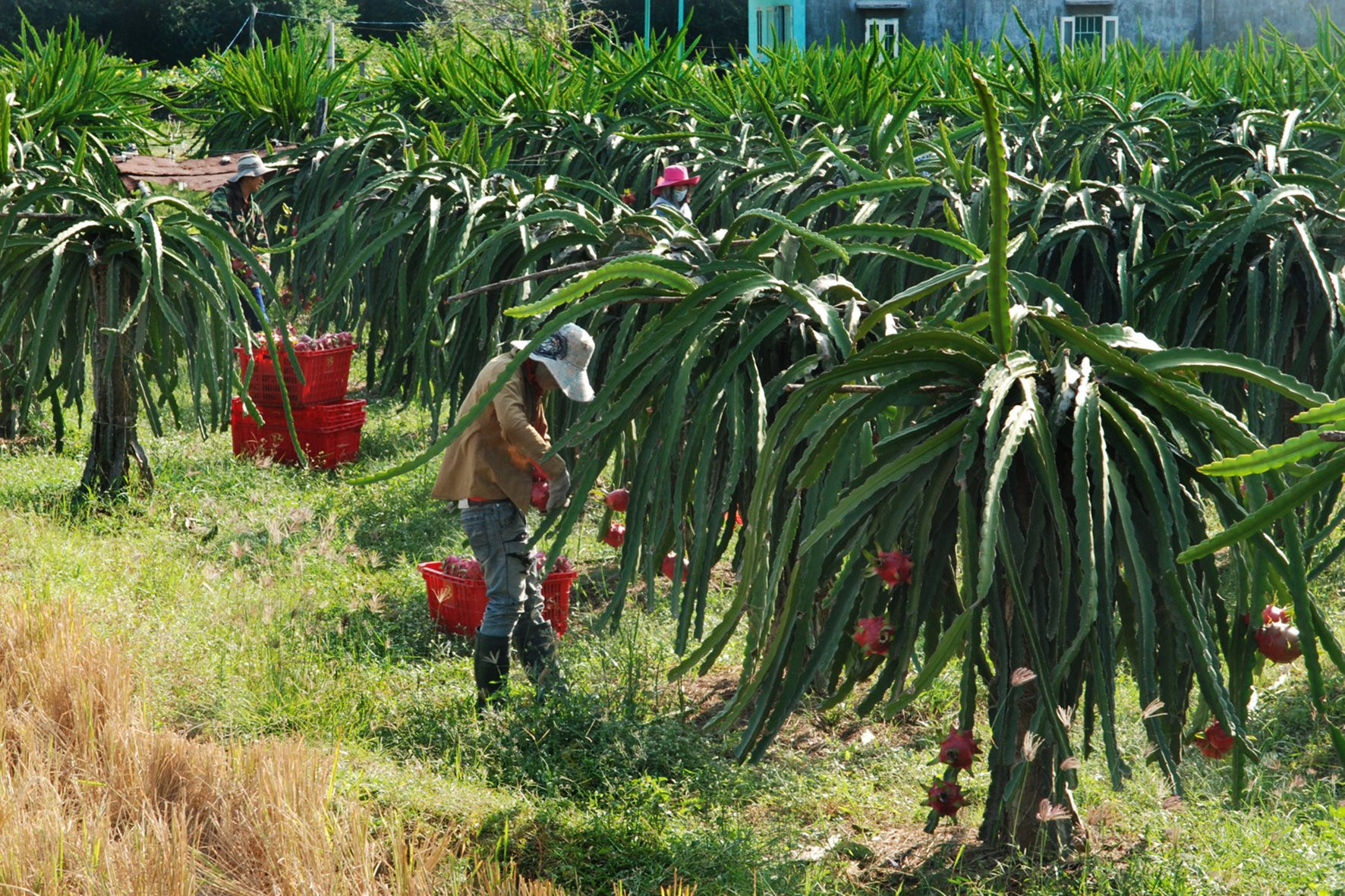
In the near future, when the Ka Pet reservoir project officially starts construction, flood reduction on the Ca Ty River will be more sustainable. Specifically, the project is to transfer water from La Nga 3 Lake to the Ca Ty River basin with a flow rate of 8.3m3/s, when La Nga 3 Lake is available; reduce flood peaks on the Ca Ty River and regulate water for the downstream area including Ham Thuan Nam district and Phan Thiet city, while improving the ecological environment. Because this Ka Pet reservoir has a useful designed capacity of about 50 million m3, it is a very large water storage in Ham Thuan Nam district with the task of providing irrigation water for more than 7,760 hectares, for the ethnic minority communes of the district such as Ham Can and My Thanh. Not only that, it also provides irrigation water for the 745ha irrigation area of the Song Linh - Cam Hang canal; regulates and supplements water for the 1,000ha irrigation area of Ba Bau lake; supplying water for irrigation expansion for the Song Mong reservoir irrigation area including: Song Mong - Du Du - Tan Lap canal irrigation area with an area of 2,500 ha and Du Du - Tan Thanh canal irrigation area (ADB8 project) with an area of 1,960 ha. In addition, it also supplies water for domestic and industrial use in the district.
Mr. Nguyen Van Phuc, Vice Chairman of Ham Thuan Nam District People's Committee, said that Ka Pet Lake with a capacity of 50 million m3 is equal to the capacity of all the irrigation lakes combined in Ham Thuan Nam District. In recent years, the district has often suffered from water shortages in April and May, so when this project is built, it will ensure that there is no more water shortage. Through the formation of irrigation works in the area, it shows that it is a journey to retain water to irrigate Ham Thuan Nam, while also reducing floods on Ca Ty River, so it is beneficial in both directions.
Over the past 40 years since the establishment of the district, the drought-stricken Ham Thuan Nam area has had a special way of preserving water: people compete to dig ponds to store water in their gardens, for irrigation and also to bury water, a way to improve the soil to make it more fertile.
Source


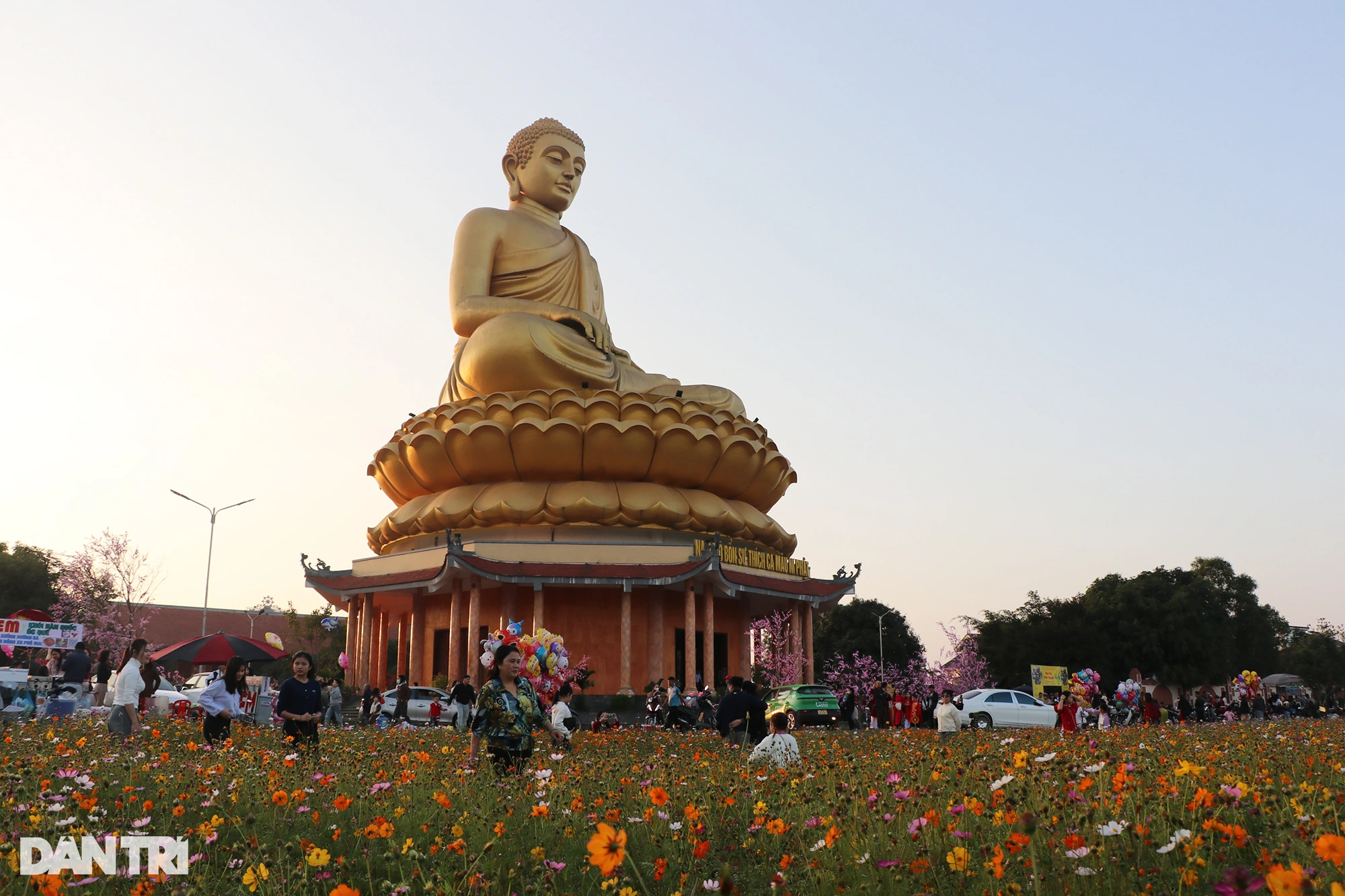






















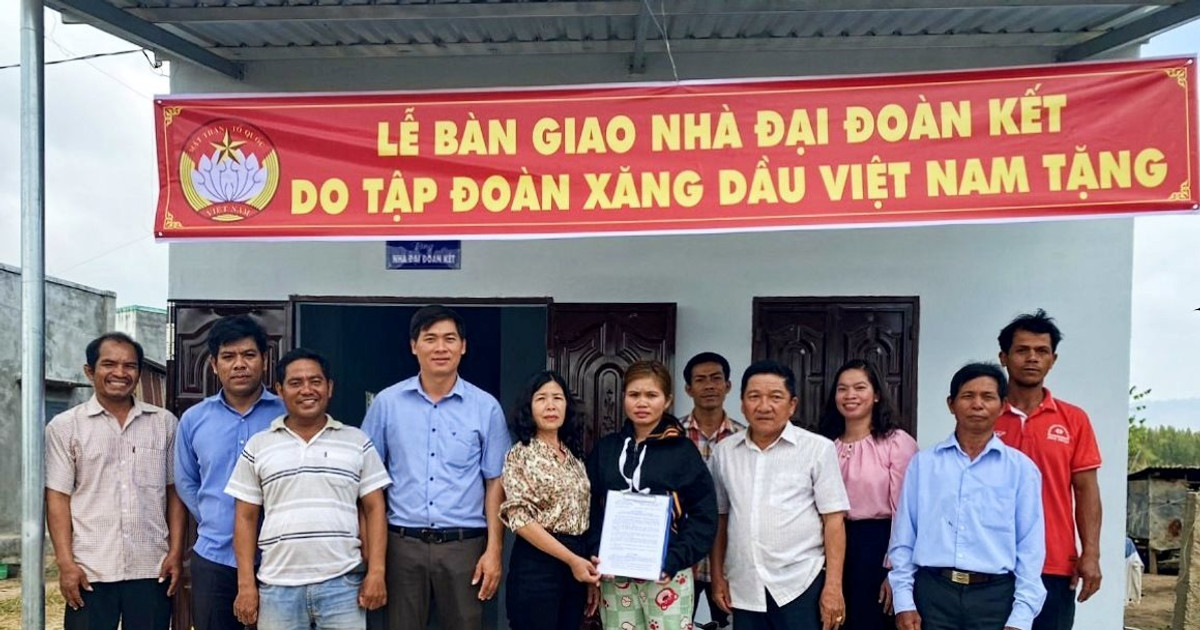

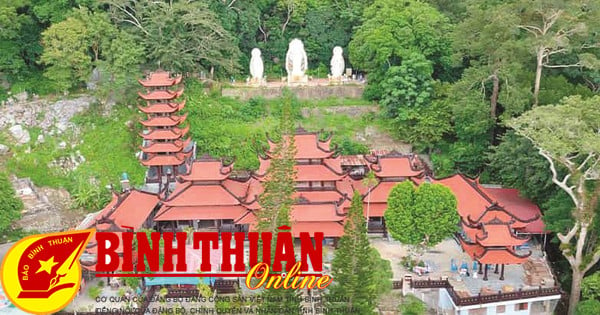
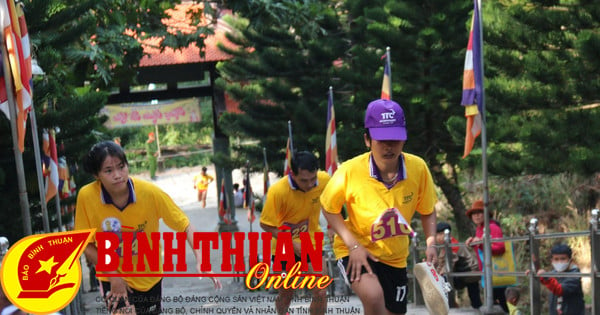






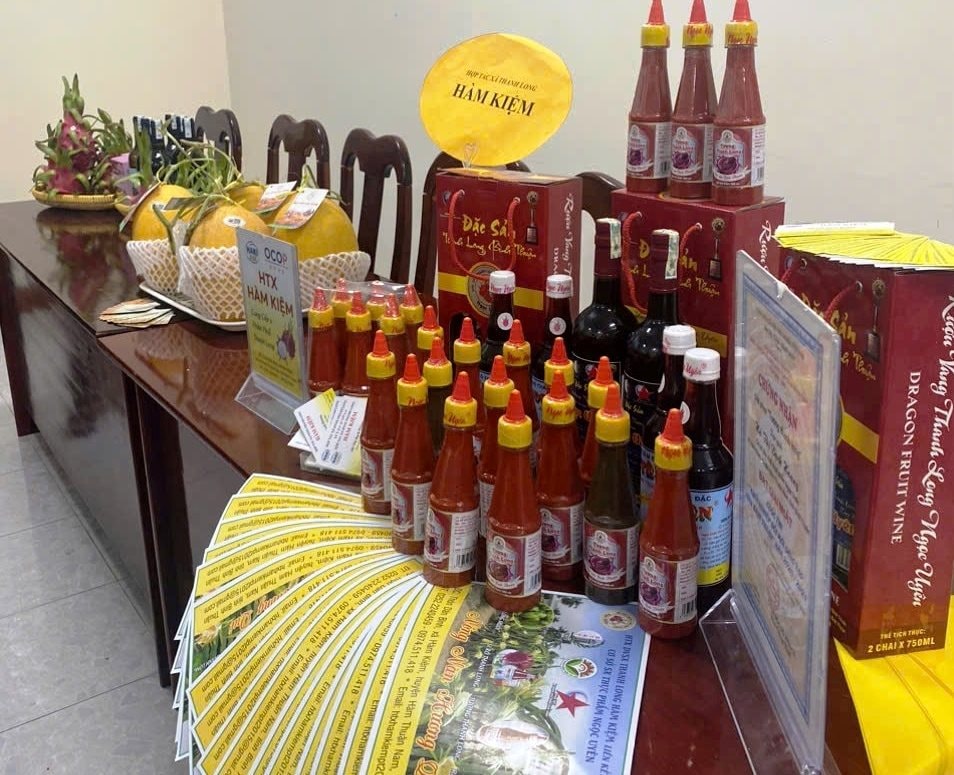
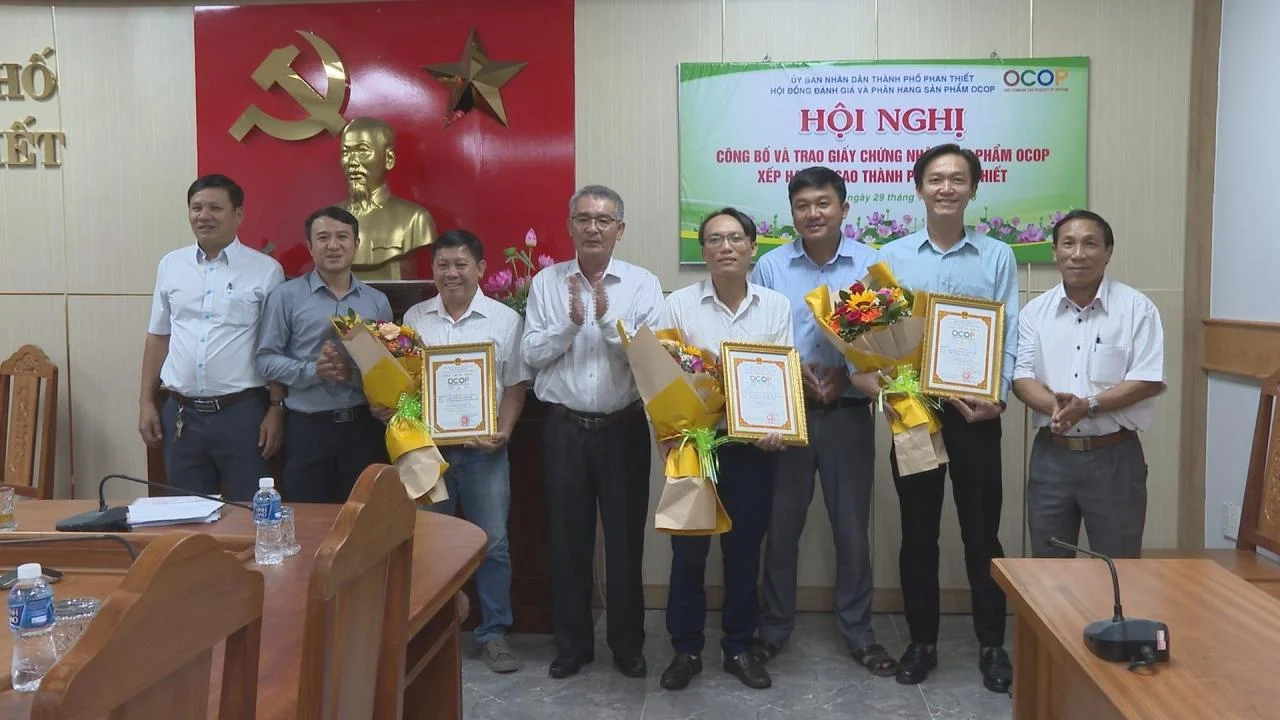
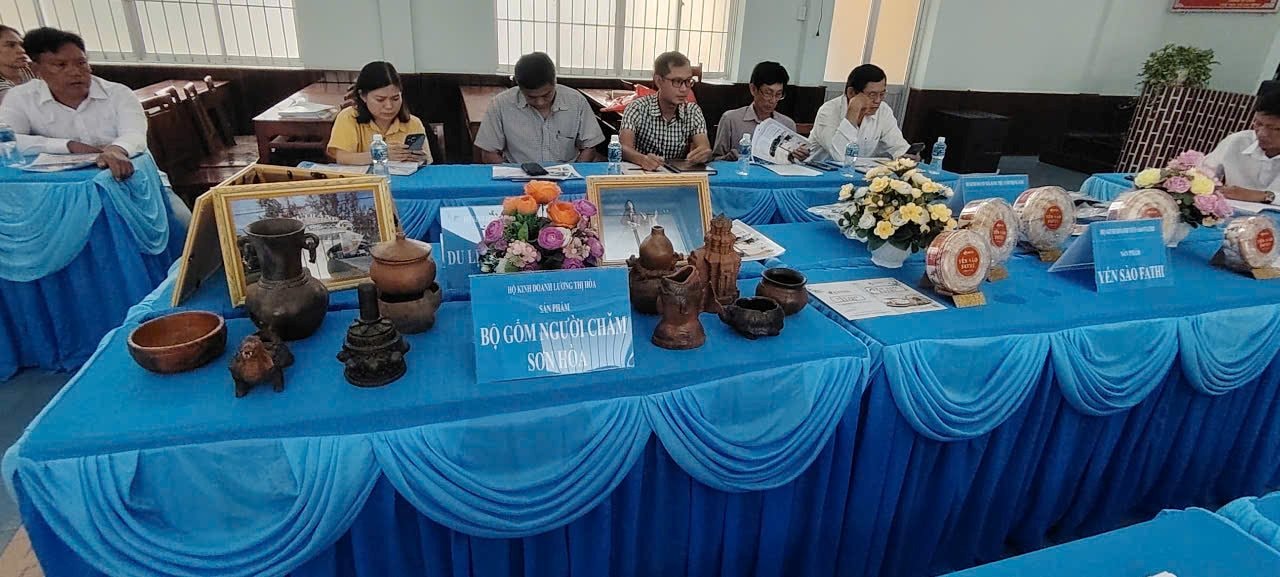



















Comment (0)